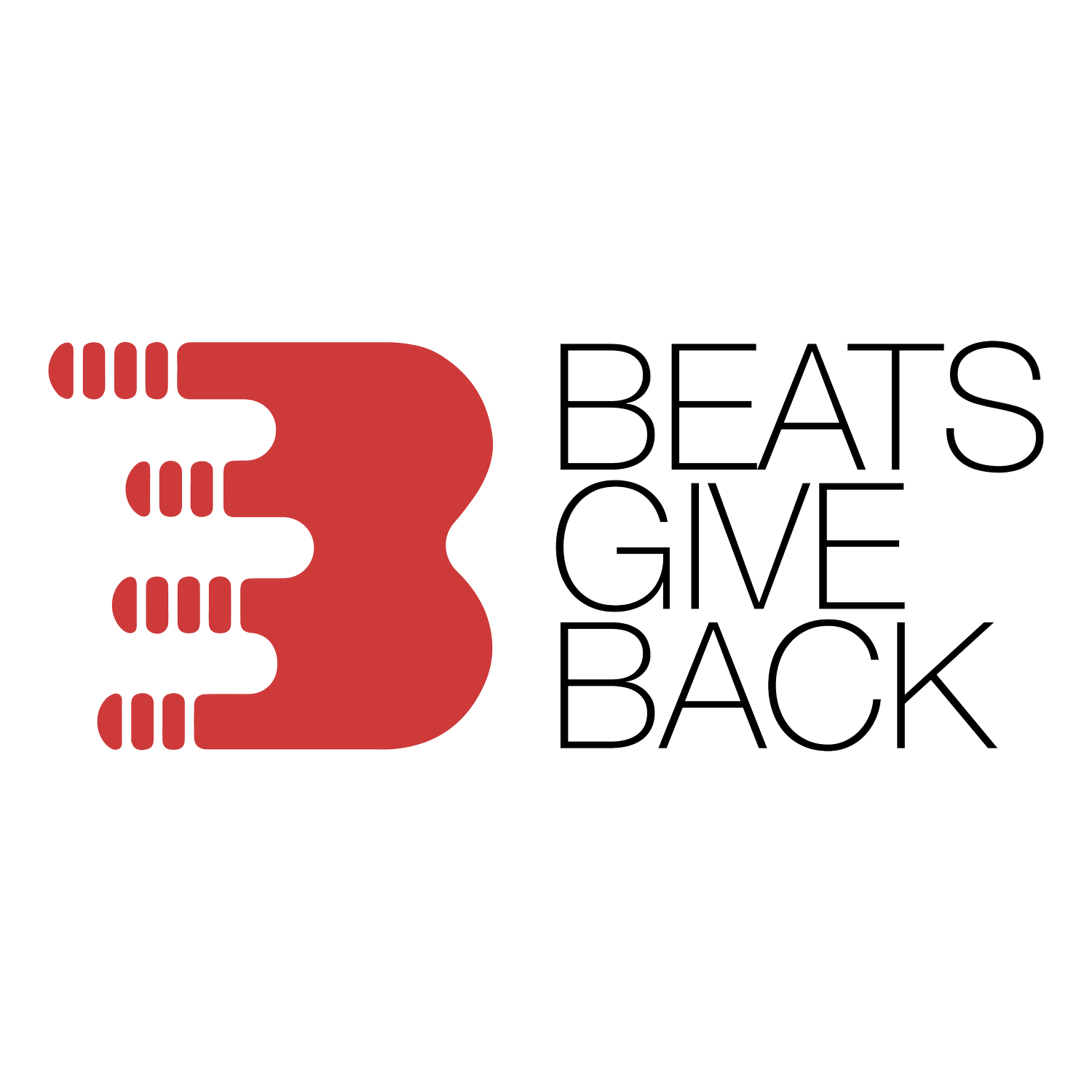
THE FACTS:
THE GIFT OF MUSIC SHOULD BE AVAILABLE TO ALL UNDERPRIVILEGED SCHOOLS & CHILDREN. HERE ARE THE KEY FACTS BEHIND OUR MISSION.
THE MANY, PROVEN BENEFITS OF MUSIC FOR ADOLESCENTS.
SELF EXPRESSION.
Studies have shown teens believe that making music provides the freedom to just be themselves, to be different, comfortable and relaxed in school and elsewhere in their lives
CLASS SUCCESS.
Schools with music programs have an estimated 90.2% graduation rate and 93.9% attendance rate vs. schools without music education, averaging 72.9% graduation and 84.9% attendance.
COGNITIVE GROWTH.
U.S. Dept. of Education data on 25,000+ high school students found those consistently involved in music since middle school had significantly higher levels of mathematics proficiency by grade 12.
CONFIDENCE.
Numerous studies & testimonials show that music education and participation breeds confidence and feelings of self worth, by trying something new and developing confidence as they master playing an instrument/performing.
LIFE CHOICES.
Statistics show that secondary students who participated in a music group at school have reported the lowest lifetime and current use of all substances (tobacco, alcohol, and illicit drugs).
A HEALTHY ESCAPE.
Teens report that music helps them control emotions and cope with difficult situations such as peer pressure, pressures of study and family, the dynamics of friendships and social life, and the pain of loss or abuse.
COMMUNITY BUILDING.
Teens have stated that playing music has diminished boundaries between people of different ethnic backgrounds, age groups and social interests leading to larger, a more diverse community of friends.
CREATIVITY.
Last, but definitely not least, music education & creation helps develop originality and flexibility, which are key components of creativity and innovation

THE COST:
MUSIC CAN CHANGE THE WORLD FOR OUR YOUNGER GENERATION, BUT HIGH COSTS OF EQUIPMENT AND RESOURCES PRODUCE BARRIERS TO ENTRY.
The Most Expensive.
Woodwinds, brasswinds & orchestral strings are the most costly items to purchase (not to mention upkeep..) with prices driving upwards by school orchestra. In 2019, the average cost for a brasswind instrument was $1,120.
“In The Box” Studio.
The most affordable route to digital production can cost a minimum of $300+ including headphones ($130), an audio interface ($100) and a microphone ($80). Other items like midi pads, keyboards, and cords can add costs as well.
Modern Band Instruments.
Average selling price of a guitar in 2019 was up 12% to $550. Other instruments generally average between $250-600 including drum kits, electric guitars, and bass guitars.
Educational Resources.
Although free resources are do exist, it can be extremely difficult for young individuals to find quality resources to effectively expand their knowledge. Music lessons average $60 an hour, online master classes cost $150 annually, and the majority of music teachers have to work second jobs due to their lack of funding.
SCHOOL FUNDING:
FLORIDA NEEDS OUR HELP NOW, MORE THAN EVER.
School funding has been on a downward trend for some time now, with Florida now entering an extremely dangerous phase, with music & arts programs being among the most at risk to suffer from budget cuts.
School Funding Since The Financial Crisis.
Since 2008, the total state funding per student (adjusted for inflation) has dropped a staggering 22% - being the second most impacted state across the entire country. Local and federal revenue hasn’t been able to make up the difference.
Floridians At Even Higher Risk.
Most schools across the nation get 47% of their total funding from the state. In Florida, 31 counties are at high risk for budget cuts because they get between 50-81% of their funding from the state. Dixie and Holmes are the most vulnerable, at 81% and 80%, respectively.
Pandemic Problems.
Budget cuts are coming and they’re going to impact schools. Senate president Wilton Simpson stressed that the state would have to cut spending because of a projected $5.4 billion shortfall in revenues in 2020 and 2021, and specifically mentioned K-12 education as a target.
"The research is clear and undisputed: students who study music perform better overall. Music study enhances other academic studies through the intrinsic development of creative thinking, problem solving, and language skills.”
— Dr. Richard Nickerson in "Fostering Empowerment: Music Educator Award™ Finalist Richard Nickerson," by Brendan McAloon, NAfME, February 6, 2017

